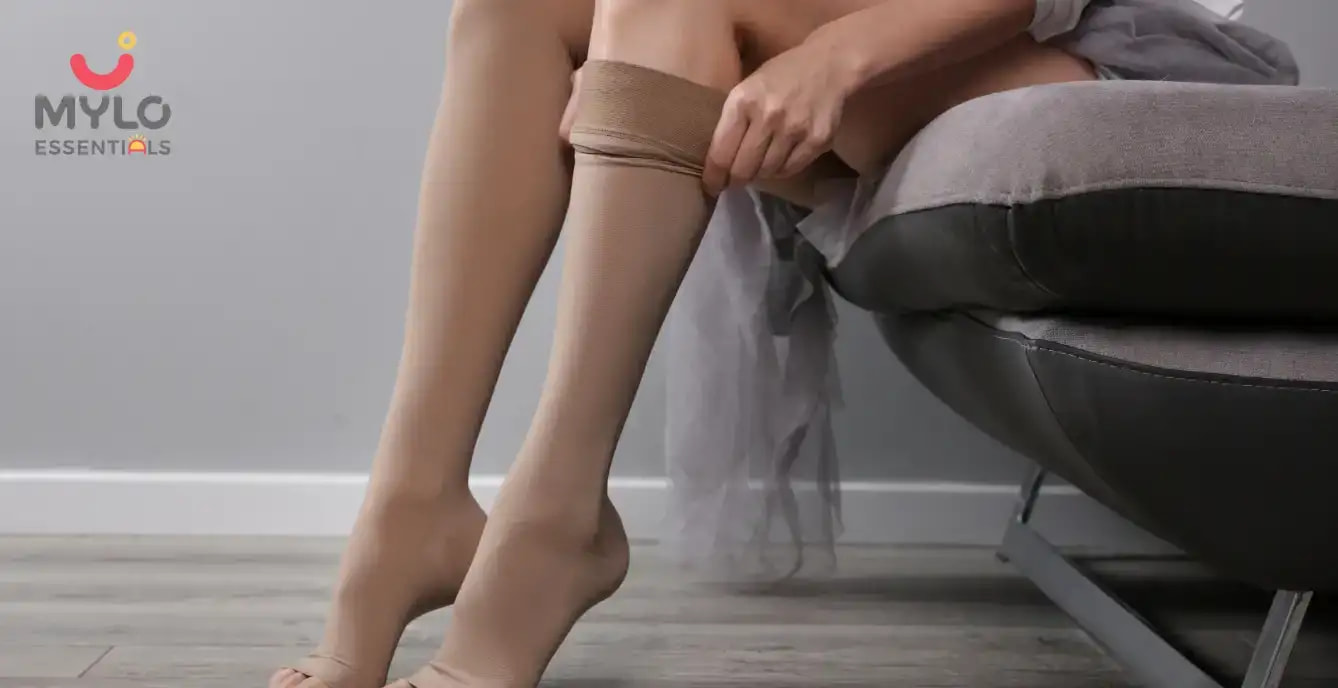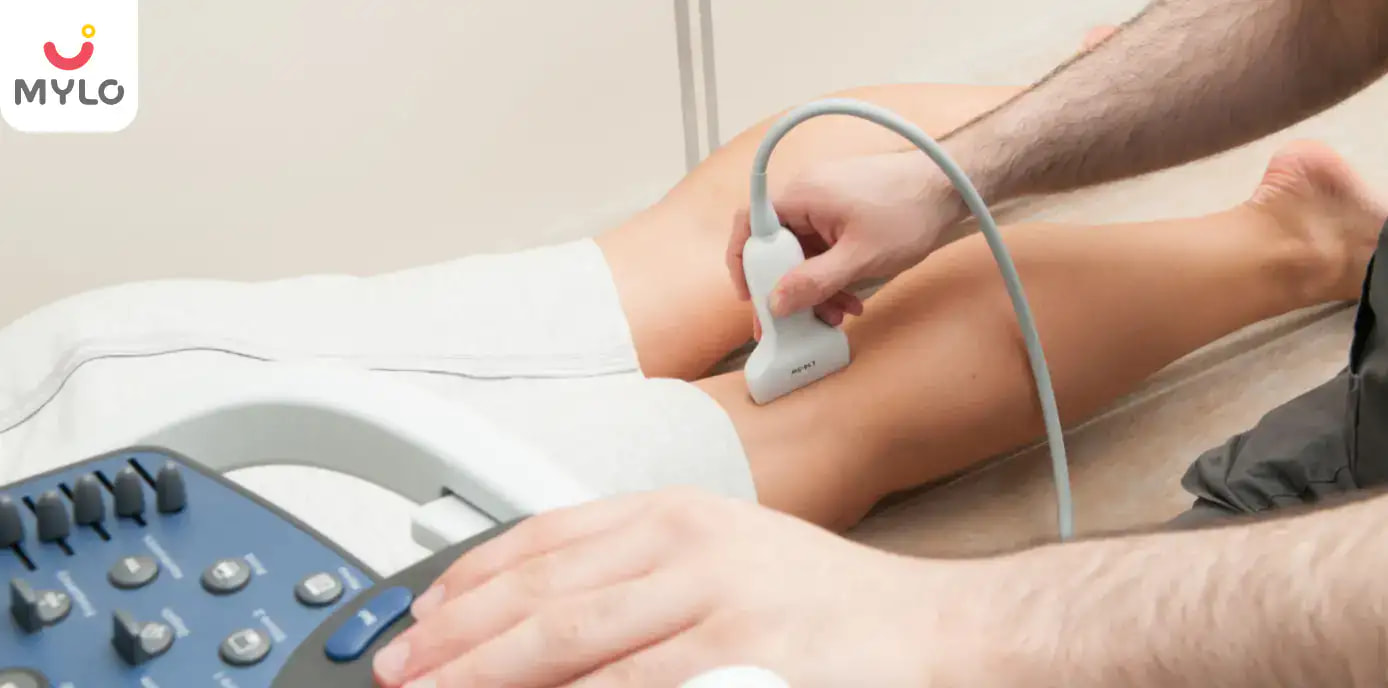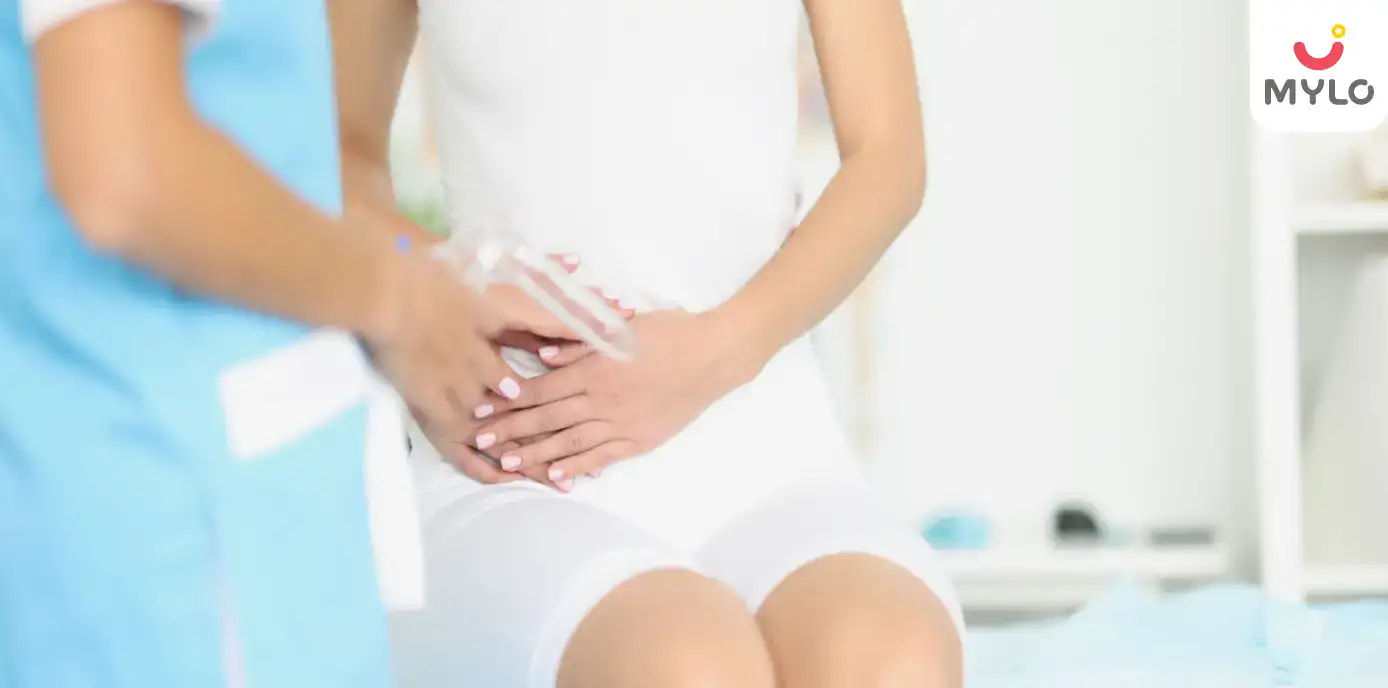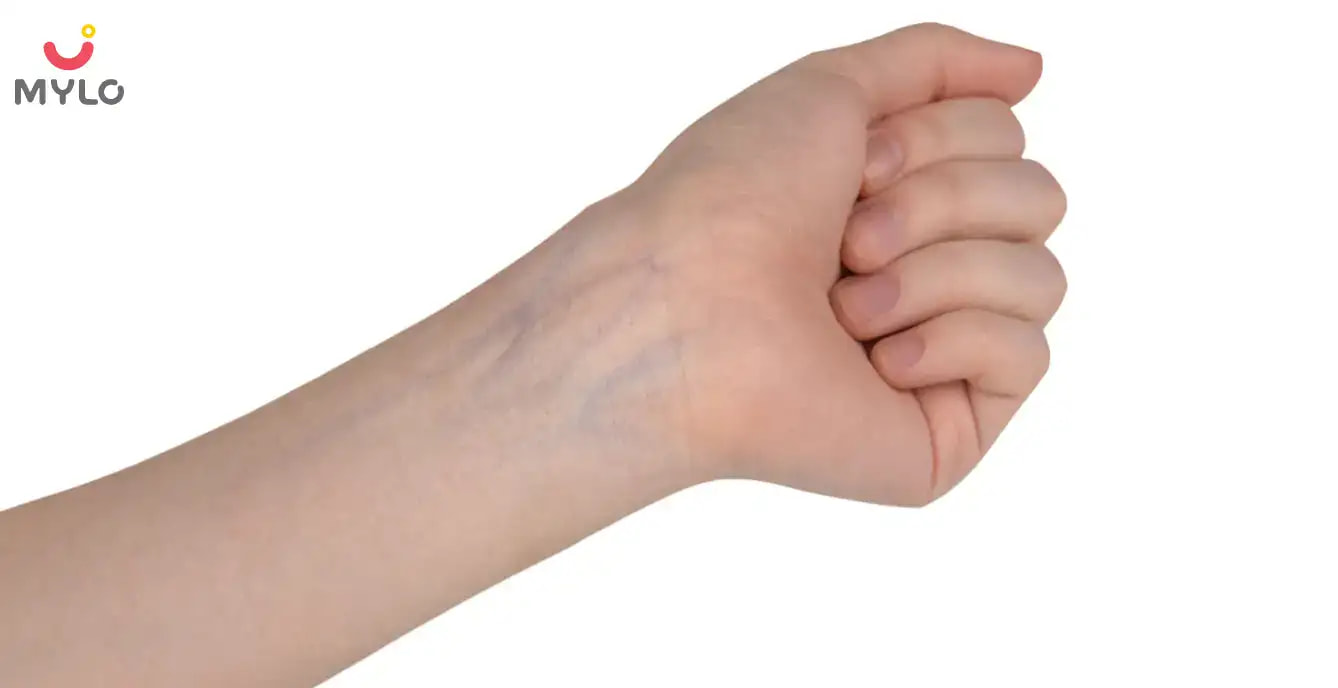Home

Varicose Veins

Spider Veins: Meaning, Causes & Management
In this Article

Varicose Veins
Spider Veins: Meaning, Causes & Management
Updated on 6 December 2022
Pregnancy is a rollercoaster journey, full of strange symptoms and body changes. One such weird pregnancy symptom you may notice during your pregnancy is spider veins. These thread-like veins, usually on your thighs or the back of your legs, are scary to look at but mostly harmless. In this article, we will discuss what are spider veins, what causes spider veins and how to manage them.
What are Spider Veins?
Spider veins are blue or purple veins that can occur during pregnancy on a woman’s ankles, legs, or face. They don't cause any serious pain but can make your legs feel heavier. The skin around the spots created by spider veins can also feel itchy. Spider veins, like varicose veins, are very common during pregnancy and around 3-4 women out of 10 develop spider veins when they are pregnant.
Are Spider and Varicose veins the same thing?
A common way to differentiate between Spider and Varicose veins is that Varicose veins are more swollen, larger, and can be seen and felt right under the surface of your skin in comparison Spider veins are smaller and not nearly as swollen and cannot be felt. Varicose veins are caused by malfunctioning valves in your veins while spider veins can be caused due to a variety of factors.
What causes spider veins during pregnancy?
Usually, the valves in our veins push blood towards the heart. However, sometimes the valves weaken and don't close correctly. This can cause the blood to leak back into the bottom of the veins and build up. Over time, the wall of the veins weakens and grows larger, causing spider veins to appear.
During pregnancy, the blood volume inside the body increases and creates significant pressure on the blood vessels. Additionally, the expanding uterus also adds pressure on the veins. This can cause the small veins to swell, putting pregnant women at a greater risk for spider veins. Moreover, genetics also play an important role. if your mother or sister had spider veins or varicose veins, then you're likely to develop them too.
How can you prevent or manage spider veins?
Here are some steps you can follow to minimize the development and spread of spider veins:
1. Increase fibre in your diet
Ensure that you get enough high-fibre foods in your diet as constipation can contribute to swollen veins. A healthy digestion system will prevent any unwanted pressure on your circulatory system which is a major cause of spider veins. If you're not able to add enough fibre naturally consider a fibre supplement like psyllium husk.
2. Eat Vitamin-C rich foods
Your body uses Vitamin C to manufacture elastin and collagen which help your body to repair and maintain veins. Collagen and elastin are two important connective tissues that help repair and maintain veins.
3. Light workouts are important
While strenuous activities should be avoided during your pregnancy, light workouts like walking help improve and maintain muscle strength, blood circulation, and the health of your veins. Exercise also helps you control your weight gain and keep it gradual.
4. Sit comfortably
Avoid sitting with your legs crossed, or putting your legs on your floor without any support as this restricts blood flow. Instead, try to keep your legs at an elevation that helps circulation in your legs and body.
5. Walking is beneficial, standing is not
Light exercise like walking is beneficial but simply standing on your feet is not. Avoid standing by either walking or taking a seat.
6. Sleeping differently
Sleeping on the left side with a pillow wedged between your legs and behind your back is known to increase the blood flow back to your heart.
While during your pregnancy spider veins may be troubling. Therefore, keep in mind that spider veins are usually a temporary side effect of the pregnancy and after 3-4 months of delivery, they go away.



Written by
Shaveta Gupta
An expert in content marketing, Shaveta is an alumnus of IIT, Bombay, she knows what the audience is looking for. Mother of a 6 year old, she has been instrumental in planning the content strategy at Mylo.
Read MoreGet baby's diet chart, and growth tips
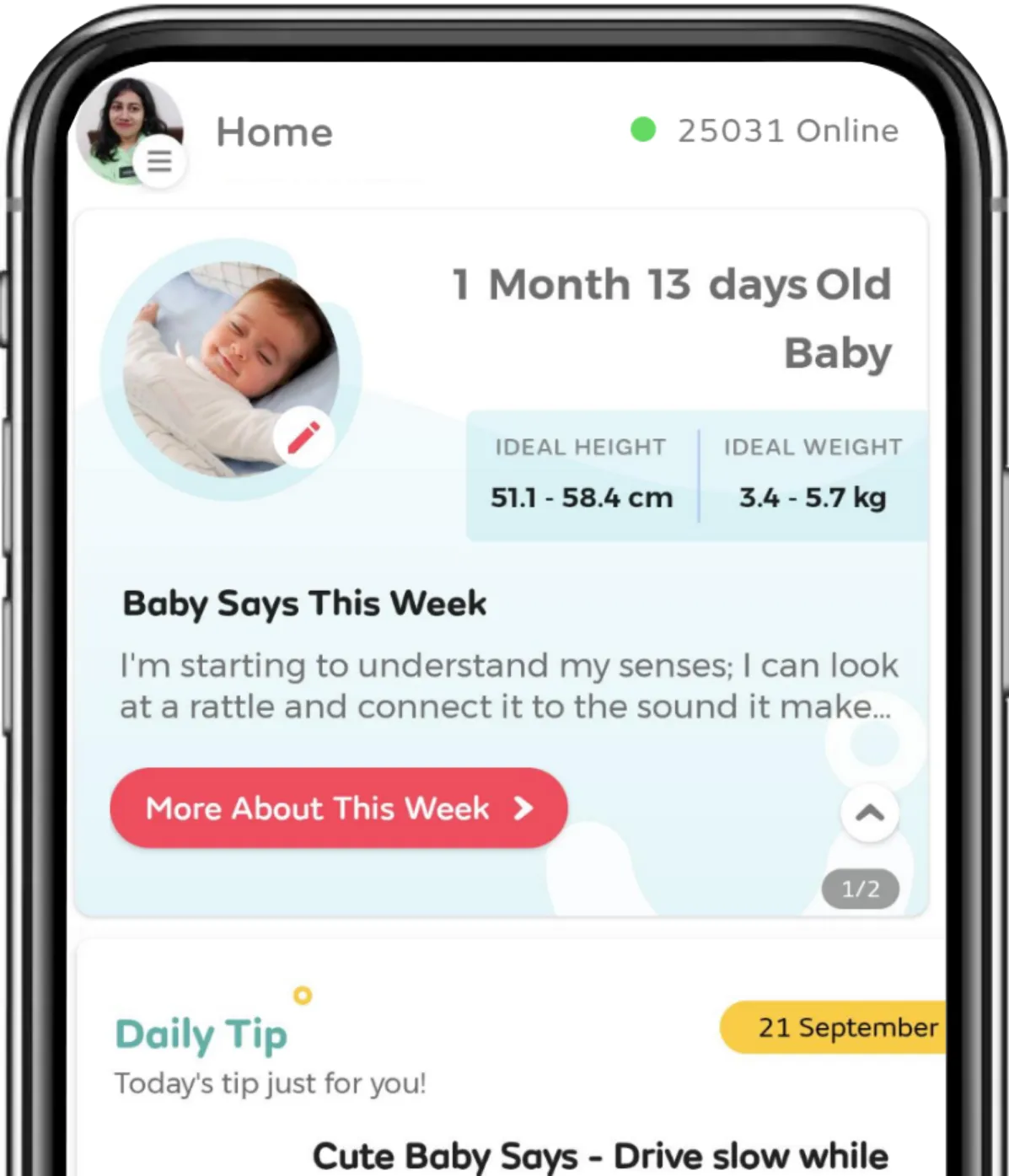
Related Articles
Related Questions
Influenza and boostrix injection kisiko laga hai kya 8 month pregnancy me and q lagta hai ye plz reply me

Hai.... My last period was in feb 24. I tested in 40 th day morning 3:30 .. That is faint line .. I conculed mylo thz app also.... And I asked tha dr wait for 3 to 5 days ... Im also waiting ... Then I test today 4:15 test is sooooo faint ... And I feel in ma body no pregnancy symptoms. What can I do .

Baby kicks KB Marta hai Plz tell mi

PCOD kya hota hai

How to detect pcos

RECENTLY PUBLISHED ARTICLES
our most recent articles
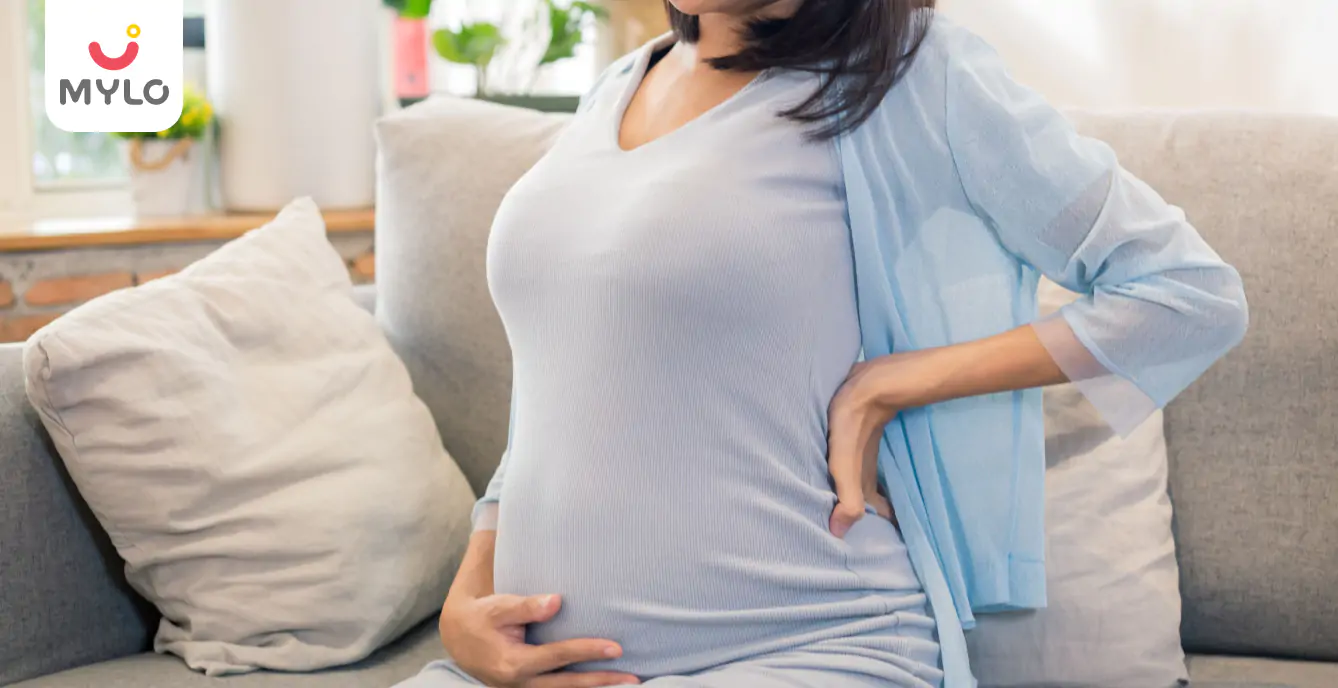
Back Pain
Suffering from Lower Back Pain during Pregnancy? Know What Causes it & How to Get Rid of it
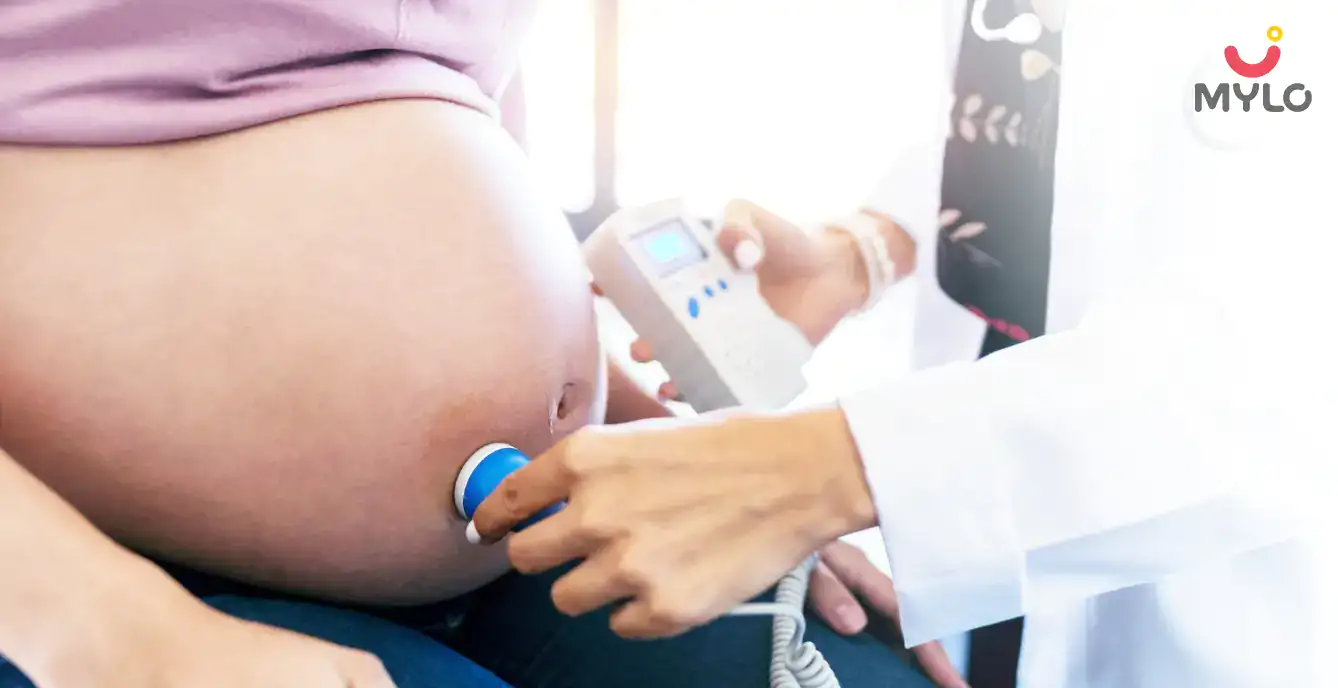
Scans & Tests
Doppler Scan During Pregnancy

TV & OTT
Best Comedy Series on Amazon Prime
Things You Need to Know About Endometriosis Cyst and Pregnancy
Celebrate Breast Feeding Week
How to Stop Breastfeeding?

Food Cravings
PICA in Pregnancy: Causes, Effects & Treatment
- Signs That Your Baby Will Walk Soon
- Mylo Stretch Marks Oil Review
- Can Eclipses Be Harmful to You or Your Baby During Pregnancy?
- 10 Best Healthy & Refreshing Homemade Pregnancy Drinks
- 5 Natural Ways To Get Glowing Skin At Home
- Top 10 Horror Movies On Hotstar
- Temper Tantrums: Meaning and How to Manage
- Top 10 most popular Hollywood movies of 2022
- Is Baby Ready for Solid Foods? (Developmental Signs of Readiness)
- Which Is Better For You: IUI Or IVF?
- Are you wondering how to deal with infertility sadness? Here are 8 important tips that will help you out.
- Travel Tips to Follow During The First Trimester of Your Pregnancy
- Top 7 Diet Tips to Control Your Sugar Levels During Pregnancy
- Best Action Movies On Amazon Prime


AWARDS AND RECOGNITION

Mylo wins Forbes D2C Disruptor award

Mylo wins The Economic Times Promising Brands 2022
AS SEEN IN
















- Mylo Care: Effective and science-backed personal care and wellness solutions for a joyful you.
- Mylo Baby: Science-backed, gentle and effective personal care & hygiene range for your little one.
- Mylo Community: Trusted and empathetic community of 10mn+ parents and experts.
Product Categories
baby carrier | baby soap | baby wipes | stretch marks cream | baby cream | baby shampoo | baby massage oil | baby hair oil | stretch marks oil | baby body wash | baby powder | baby lotion | diaper rash cream | newborn diapers | teether | baby kajal | baby diapers | cloth diapers |



